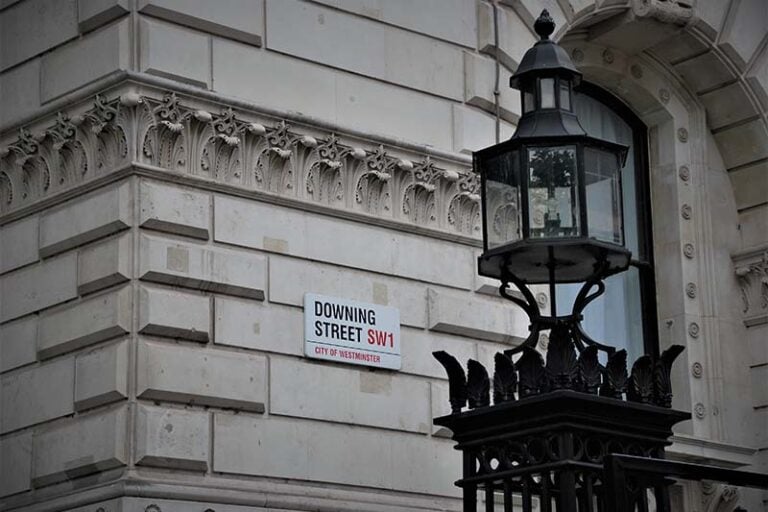Announcing the plans on Tuesday 6 June, the UK’s Cabinet Office said it was committed to publishing a timeline for the removal of cameras subject to China’s National Intelligence Law in central government departments.
The move is an extension of the directive from the Cabinet Office in November. This instructed government departments to stop the installation of video surveillance equipment made by companies that were subject to China’s National Intelligence Law.
While that order was to stop any new installations, this announcement goes significantly further, with the actual removal and replacement of equipment.
The plans are expected to result in significant amounts of the existing video surveillance equipment being removed from facilities and estates.
The measures were announced as part of several new amendments to the Government’s Procurement Bill, which is currently going through the parliamentary process to become law.
The clause set out that the Secretary of State “must publish a timeline for the removal” within six months of the Bill passing into law.
What’s behind the removal plans?
Motivations behind the directive are said to be related to national security, with officials wishing to limit potential intelligence gathering by China.
Jeremy Quinn, Cabinet Office minister, commented on the amendments: “These new measures will protect our sensitive sectors from companies which could threaten national security and are a firm deterrence to hostile actors who wish to do Britain harm”.
Some remain sceptical of this argument, however, pointing towards wider geopolitical reasons for the ban.
Speaking to the Financial Times, Emily Taylor, CEO of Oxford Information Labs, a cyber intelligence company, expressed concern over the move. Noting that while there may be “a plausible but unproven security case”, Taylor believes it is likely more related to a “step up of mounting geopolitical tensions that are being expressed through technology bans”.
She added that “if you look into any tech supply chains, you will find China somewhere, so where will you stop?”
Source: IFSEC GLOBAL


